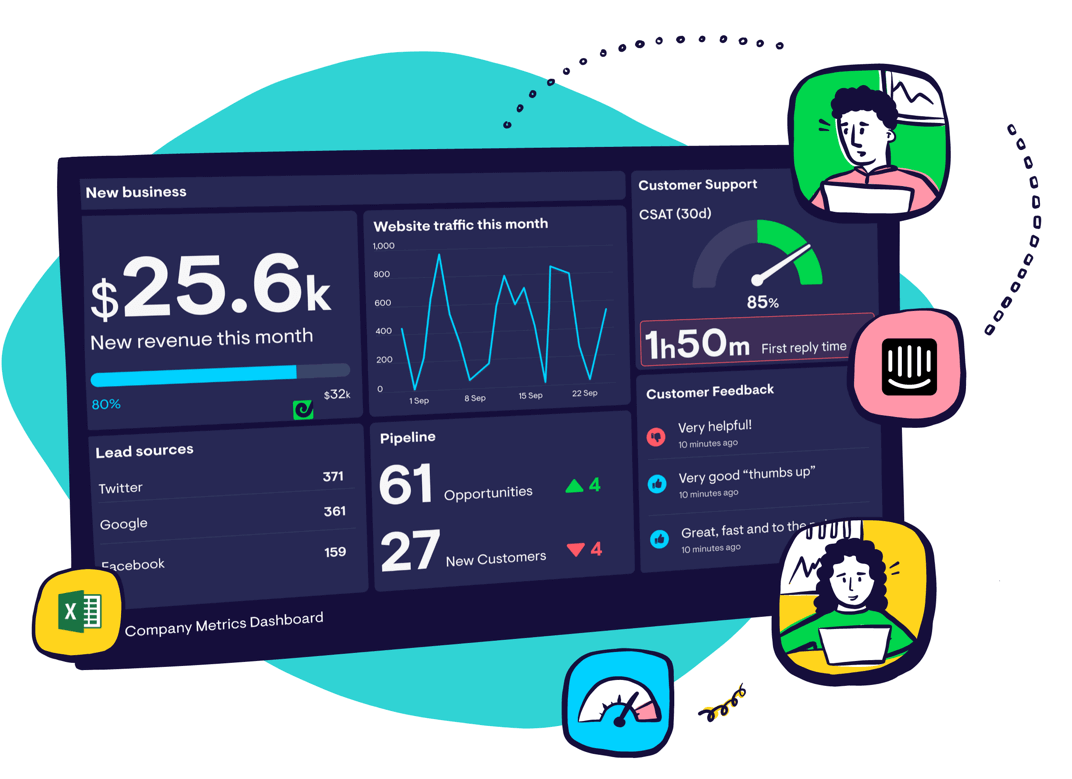Customer Acquisition Cost
What is Customer Acquisition Cost (CAC)?
Customer Acquisition Cost (CAC) is the average expense of gaining a single customer. This metric includes marketing and sales expenses as well as salaries and overhead associated with attracting and converting a visitor to a customer.
Advice from Ecommerce Experts: Why Customer Acquisition Cost is critical
“Failure to get product/market fit right is very likely the number one cause of startup failure. However… I believe the second biggest cause of startup failure is: the cost of acquiring customers turns out to be higher than expected, and exceeds the ability to monetize those customers.” - David Skok, General Partner at Matrix Partners
“One of the most important metrics for any tech startup companies is CAC, or Customer Acquisition Cost, or some others call it Cost of Acquiring Customers.“ - Faiz Rahman, Senior Investment Analyst at Convergence Ventures
How to calculate Customer Acquisition Cost:
($) Total sales and marketing expenses / (#) new customers acquired = ($) CAC
The cost of acquiring a customer is simply the sum of all marketing and sales expenses (including salary and overhead costs) over a given period divided by the number of new customers added during that same period.
For example, if you spent $15,000 in the past month to acquire new customers (including marketing, sales, salaries, and overhead costs) and had 1000 purchases from new customers, your CAC would be $15.
Pros:
The value of tracking the ecommerce metric CAC is being able to quantify the sales and marketing investments in terms of individual customers. It helps you understand the sustainability and scalability of your business. Reducing acquisition costs is an effective way to increase profits overall and boost the value of each transaction.
This metric is most helpful when tracked in tandem with either the lifetime value of your customers or the Average Order Value. Both of these metrics provide essential context for understanding if your CAC is too high, average, or remarkably low.
Cons:
The cost of acquiring new customers on its own doesn’t provide enough information to make informed decisions. If your CAC is $15 and your Average Order Value is $12, you’ve got a serious problem. However, if your Average Order Value is $50 then you’re in a much better position.
Be sure to track your customer acquisition cost along with other key ecommerce metrics so you have the necessary context to take action.
Relevant Ecommerce Metrics and KPIs:
If you’re adding Customer Acquisition Cost to your ecommerce dashboard, you might want to also track these related ecommerce metrics for context.
Industry Benchmarks
The Customer Acquisition Cost varies significantly depending on the company and product(s). A good reference point is to aim for the lifetime value of your customers (LTV) to be three times the cost of acquisition (i.e. have a 3:1 ratio). You can learn more about LTV:CAC ratio here.
Additional Notes
A related metric to CAC is Cost Per Acquisition (CPA) which focuses on the total cost of acquiring a new customer via a specific channel or campaign. While CPA can be applied as broadly or narrowly as you want, it’s often used in reference to media spend.
Want to create a dashboard using this metric? Check out these example Ecommerce Dashboards.
